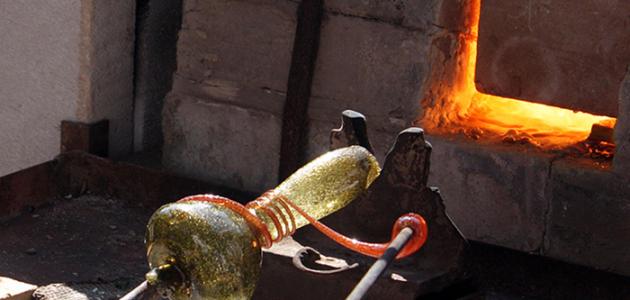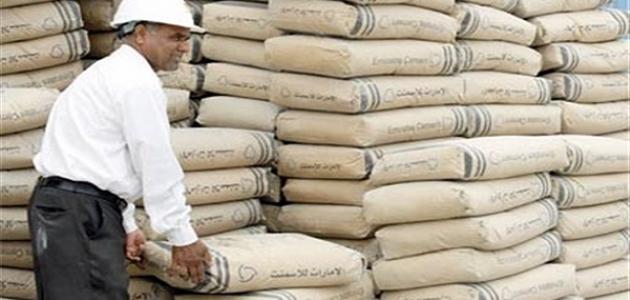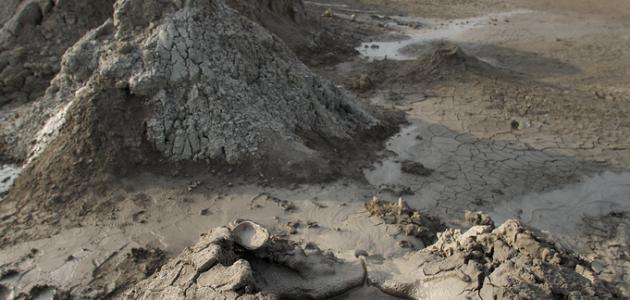Dry ice
Dry ice (in English: Cardice or dry ice) is carbon dioxide CO2 in the solid state, and carbon dioxide is the gas that the human body gets rid of in the exhalation process, and the plant uses it to manufacture food, but it becomes solid at a temperature of -78,5 ° C. Equivalent to -109,3 Fahrenheit, and unlike regular ice that is used to cool drinks, it does not melt at room temperature, but it sublimates (in English: sublimate); (i.e. it changes from the solid state to the gaseous state without going through the liquid state). Dry ice is used to preserve perishable items for a longer period of time than regular ice does. Dry ice must be handled with caution for fear of frostbite when touched without the use of gloves, as it may cause suffocation when inhaling smoke resulting from its conversion to carbon dioxide.
method of making dry ice
for the manufacture of dry ice; Carbon dioxide gas is converted into a liquid by cooling and compressing it, then the liquid pressure is reduced, and it turns again into a gas very quickly. This lowers the temperature, and the gas turns into solid granules of dry ice. At this stage, dry ice can be formed and turned into pieces that are used to cool perishable materials.
to make dry ice at home; Safety procedures must be adhered to, protective glasses and thick gloves must be worn, and a tank of carbon dioxide gas sold in diving equipment stores or aquarium centers, in addition to bags of ice, and a thick container, after that the mouth of the tank is tightly covered with an ice bag. Severe, then the tank valve is opened for a period ranging between 5-20 seconds, and after making sure that the valve is closed, the bag is removed from the tank mouth, then the dry ice that was formed in the container is preserved without being covered.
Read also:How to make soapdry ice history
The first to discover Dry ice He is the French chemist Thelorier in 1835 AD; That was when he opened a cylinder containing carbon dioxide and noticed that most of the gas had evaporated and remained a solid part at the bottom of the cylinder. solid state, and in 1897 AD commercial exploitation of dry ice began by the company (Prest Air Devices); And that was by making the first carbon dioxide fire extinguisher, inflating tires and other uses, and later the (Prest Air Devices) company was sold and the (DryIce Corporation of America) company, owner of the Dry ice brand, was established.
dry ice uses
Some uses of dry ice include:
- Manufacture of juices and sparkling water.
- freezing of skin warts; which facilitates their removal and preservation of medical samples; Especially biological samples.
- Getting rid of insects such as bugs, wood beetles, and mosquitoes, and preventing the growth of bacteria, which makes it ideal for preserving flour, grains, and dry seeds.
- Delaying the growth of yeast used in the bread industry.
- Keeping refrigerated food fresher for longer, and the fruit firm and firm instead of being soggy.
- The production of clouds of thick smoke or fog as a special effect during parties, and this is done when dry ice interacts with water.
- assisting in removing tiles from floors when replacing them; It works to loosen the adhesive between the tiles.
- Cooling alcohol used to mark animals, such as: hunting dogs, livestock, and horses.
- Promoting plant growth, and delaying the growth of flower buds during their transfer.
- Acceleration of fire extinguishing operations.
- plasticization and processing of plastics and rubber; Which facilitates their use in the industry.
- Improving the porosity of irrigation wells, and improving the flow of water in them.
- Cleaning oil storage tanks, separating water from oil, and liquid carbon dioxide is used to improve oil flow in wells.
Tips and Advice
When dealing with dry ice, the following should be taken into account:
Read also:Water desalination methods- Avoid touching it without gloves to protect the skin from the dry ice. Because its low temperature may cause burns to the skin. When touching dry ice, you should see a doctor if blisters or crusts appear on the skin, and antibiotic creams should be used to avoid contamination of the injury site. If the skin is red only, this means that the burn is minor and will heal on its own within a few days.
- Avoid tasting or swallowing dry ice.
- Ventilate the rooms well when using it, due to the toxicity of carbon dioxide.
- Preserving dry ice in insulated refrigeration containers to maintain it in a solid state for a longer period, by placing it in double paper bags and covering the container with a blanket for more protection, and taking care that the container is not tightly closed, because the conversion of dry ice to carbon dioxide gas generates pressure that leads to an explosion container.
- Avoid storing it in the food freezer; because its extreme cold may disrupt the thermostat of the freezer, and it may stop it from working, and this in turn leads to the consumption of dry ice to keep the food kept in the food freezer cool.
- Avoid buying more than needed dry ice; Because it will quickly turn into gas; Approximately 2.25-4.5 kg of dry ice pellets or flakes will need 24 hours to sublimate; While larger pieces need longer.
- Keep children and pets away from dry ice storage areas.
- Placing dry ice over the foodstuffs to be cooled; because the cold moves from top to bottom.
- Avoid placing dry ice in empty glass containers to avoid shattering them. as a result of the high cold.









